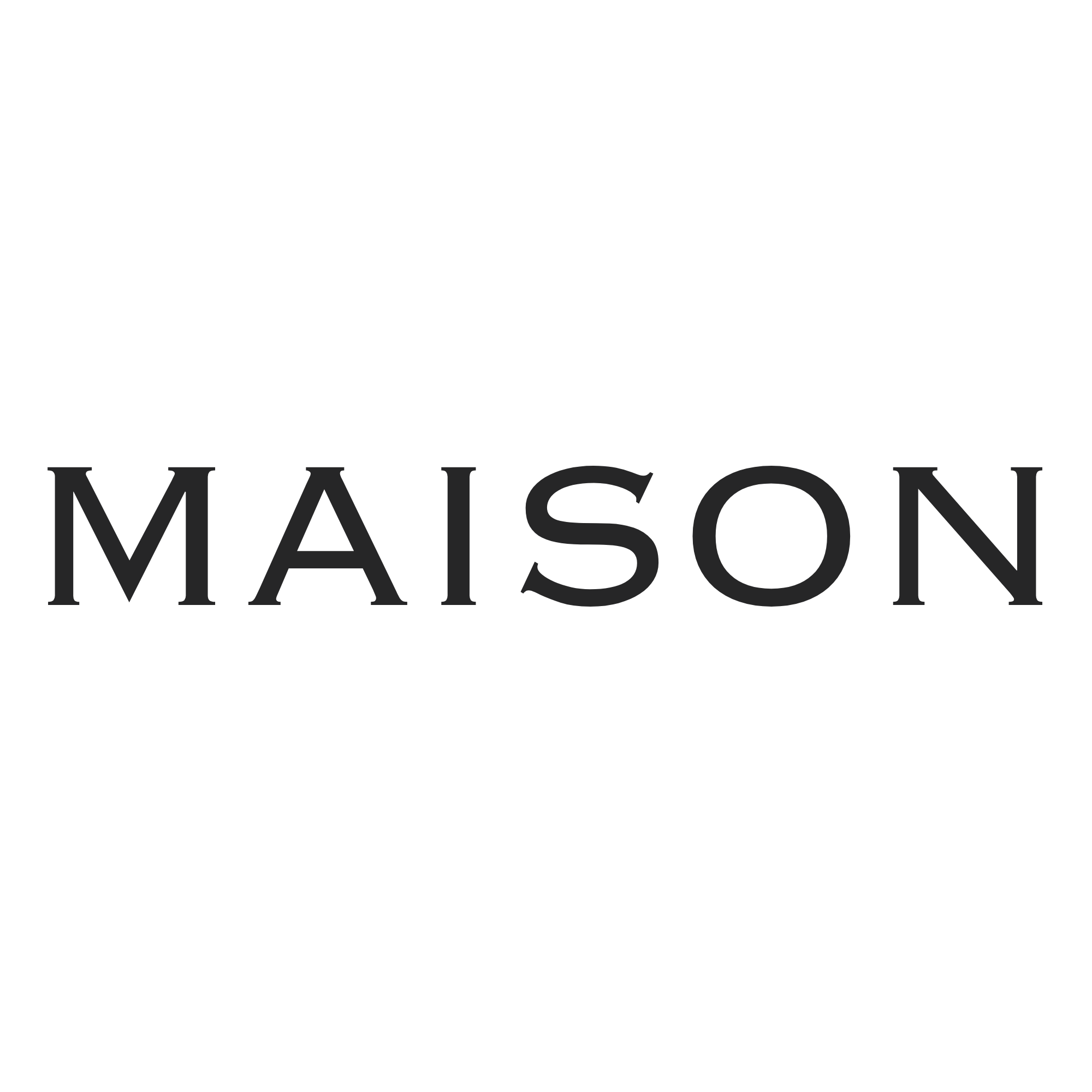Introduction to Evening Star Doji: Definition, Formation, Trading
The evening doji star is easy to get mixed up with other similar patterns that typically occur at the top of an uptrend. The doji pattern occurs when the open price of a stock is the same or nearly the same as the close price. Upward movement indicates that the stock may begin sinking soon. This information can be an indicator of what will happen the next day. If you’re a candlestick trader, you might be surprised to learn that most trading advice goes against what history tells us.
- It forms at the top of an uptrend and indicates a shift in market sentiment from bullish to bearish, suggesting that a downward trend may follow.
- Among various candlestick patterns, a Doji Star stands out in particular, signaling a possible trend reversal.
- This pattern consists of three candlesticks and indicates a potential shift in market sentiment from bullish to bearish.
- To illustrate, you can see in the image above that we placed two TPs.
The key to its secret is the fact that candlesticks are a visual representation of price action. The shooting star has a long upper shadow with a small real body at the lower end of the candle. This pattern usually presents itself as a sign of a short term correction rather than a more potent reversal signal.
So, the long downtrend was a falling wedge pattern, and then broke out into a rising wedge pattern. If the bullish candlestick was bearish then the pattern would have continued the trend downwards. Traders would take a evening star doji short entry once the price fell below the shooting star candle and use the candle above that as a stop level.
Where Evening Doji Stars Fit in the Chart Narrative
The appearance of the Evening Doji Star pattern on a trading chart can alert traders to a potential trading opportunity. However, correctly identifying this pattern requires some familiarity with chart analysis. There is one variation to the shooting star you should consider; it is known as the gravestone doji. The gravestone doji is a shooting star with virtually no real body, the open and close are exactly the same. Smaller gaps, such as this one, tend to fill in the short term. Even if one had waited for the high of the third candle in morning star to be broken above, five points could have been made in that short amount of time.
Yes, the evening doji star, like any other candlestick pattern, can still produce false signals. Remember, no candlestick pattern is 100% reliable or accurate, even when supported by complementary technical analysis tools. Note that we only deal with probabilities in trading, not certainty. The Evening Doji Star is a three-candle bearish reversal pattern that points toward the likely end of a prevailing bullish trend (uptrend). It is composed of a long-bodied bullish candle (1st candle), a doji (2nd candle), and a long bearish candle (3rd candle). In the vast world of financial markets, candlestick patterns play a crucial role in technical analysis.
Understanding the Evening Star Candlestick Pattern
After Doji candlestick, a significant bearish candlestick will form breaching through the levels made by buyers. This candlestick will close below the 50% level of the bullish candlestick. It means sellers have overcome the buyers, now controlling the market. The bullish candlestick on the chart shows that buyers are buying a specific asset stronger than sellers.
Risk Management Techniques
WR Trading is not a broker, our virtual simulator offers only simulated trading of a demo account. Prices, market execution can be different from real market situations. “Wider” Stop Loss – On the other hand, you can instead place your stop loss (exit) order just above the high of the second candle (the pattern’s doji). The formation of this pattern indicates a high probabilityof an upward trend ending and increases the chances of a downward movementoccurring. It is a very strong green candle, which does not have to be a gap and closes at least halfway into the first candle.
Bulkowski on the Evening Doji Star Candle Pattern
- The Evening Doji Star candlestick pattern is a useful tool in technical analysis.
- There is no guarantee of success in evening star doji pattern.
- The second candle had a long upper wick and a large, real body.
- An upward trend reversal is possible in the future, although this pattern needs to be confirmed by other indicators.
- The data shows that this pattern will likely lead to volatility and not a bearish trend change.
It indicates a similar move from bullish to bearish, but it lacks the moment of hesitation that makes the doji-based pattern useful when reading momentum. Technical analysts might sell or short the security, expecting a decline. Let’s shine some morning light on the evening star doji forming on the November 23rd, 2021, daily chart. Not only is it a reliable candlestick pattern on its own, it also synergizes with complementary technical tools such as volume and divergences from oscillators such as RSI and Stochastics. All ranks are out of 103 candlestick patterns with the top performer ranking 1.
Evening star patterns appear at the peak of a price uptrend, signaling its end. The evening doji star vividly represents the shift in market sentiment, from bullish (its first candle), to indecisive (its second candle being a doji), and to bearish (its third candle). Hence, the pattern helps in understanding the overall prevailing market sentiment. The Evening Doji Star is not a frequent pattern.On the chart, we can see that an Evening Doji Star is confirmed by a doji candle (red color), which body is placed below a trendline.
The final candle is a long bearish candle that gaps down from the doji, indicating a shift in market sentiment. This pattern is typically found at the end of an uptrend, and traders often use it as a signal to sell or short a currency pair. Understanding candlestick patterns like the Evening Doji Star can help Forex traders make informed trading decisions and manage risk effectively. In the world of technical analysis, candlestick patterns play a crucial role in predicting potential market reversals. One of the most significant bearish reversal patterns is the Evening Doji Star. This pattern often signals a shift from an uptrend to a downtrend, providing traders with an opportunity to adjust their positions accordingly.
The highlighted area shows an evening star pattern at the base of a downtrend. I wanted to show you this example because not all patterns look exact. That’s why it’s important to pay attention to where the pattern forms.
First, a long white or green candlestick appears, followed by a Doji, and finally, a red candlestick completes the pattern. Although a Doji Star is a strong signal, it requires confirmation from other technical analysis tools. A bullish Doji Star forms after a downward price movement and indicates that intense selling pressure is likely to subside. A bearish Doji Star appears at the end of an uptrend and warns of an imminent price decline. The bearish Doji Star candlestick pattern signals a potential reversal from an uptrend to a downtrend.
You have the option to trade stocks instead of going the options trading route if you wish. Our watch lists and alert signals are great for your trading education and learning experience. The Bullish Bears trade alerts include both day trade and swing trade alert signals. These are stocks that we post daily in our Discord for our community members. People come here to learn, hang out, practice, trade stocks, and more.






Leave a Reply